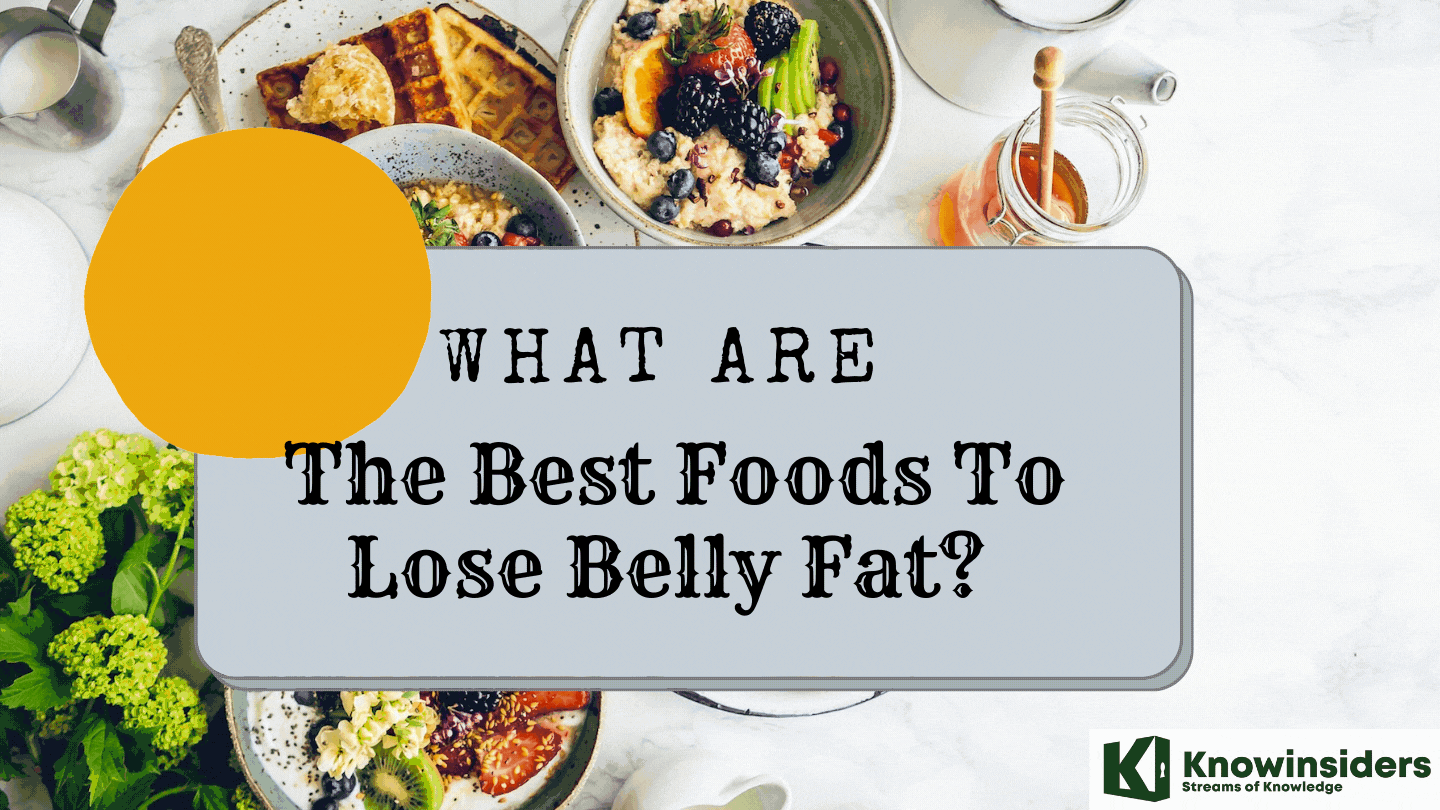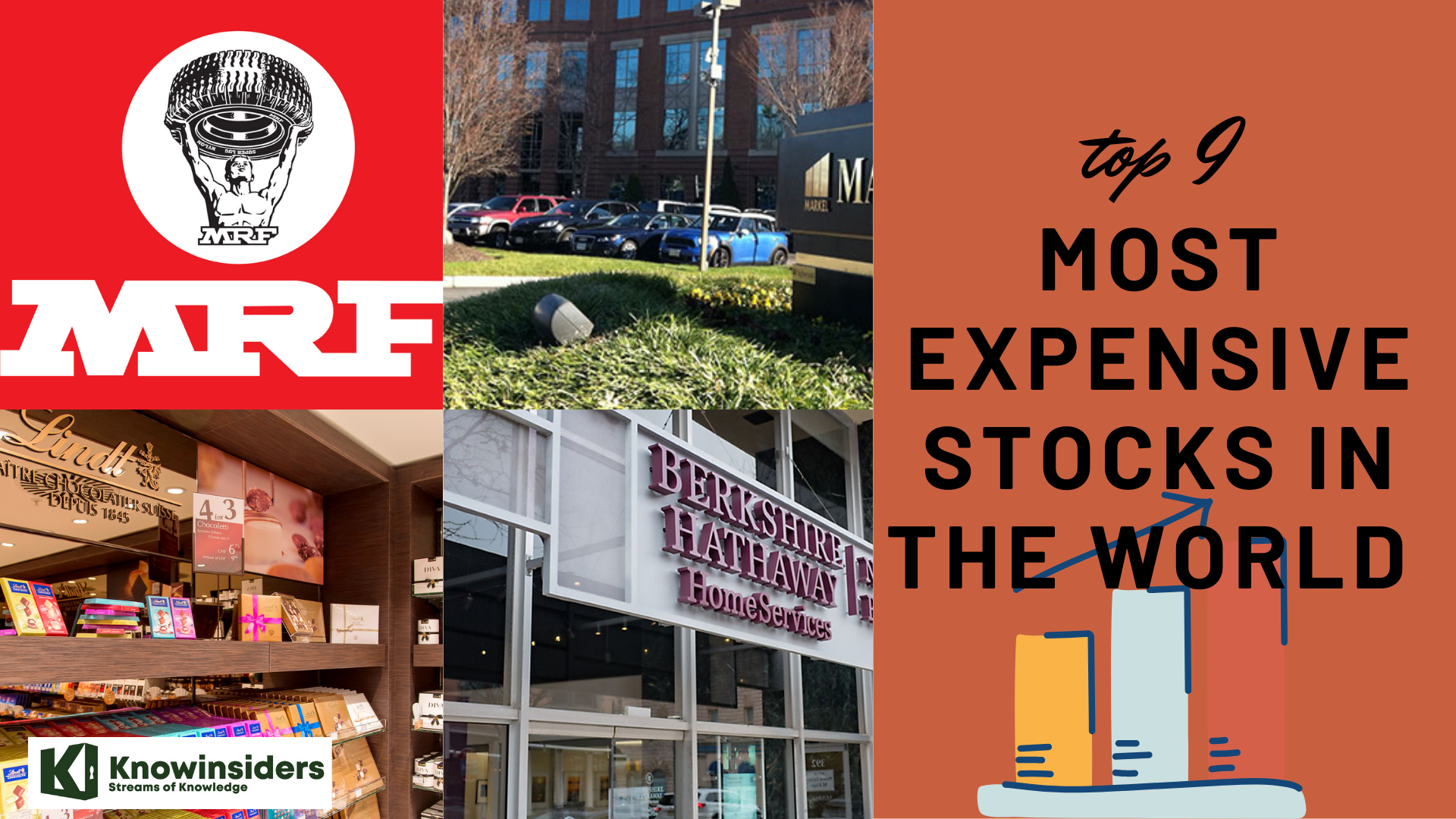9 Best Foods for Higher Vitamin B Intake?
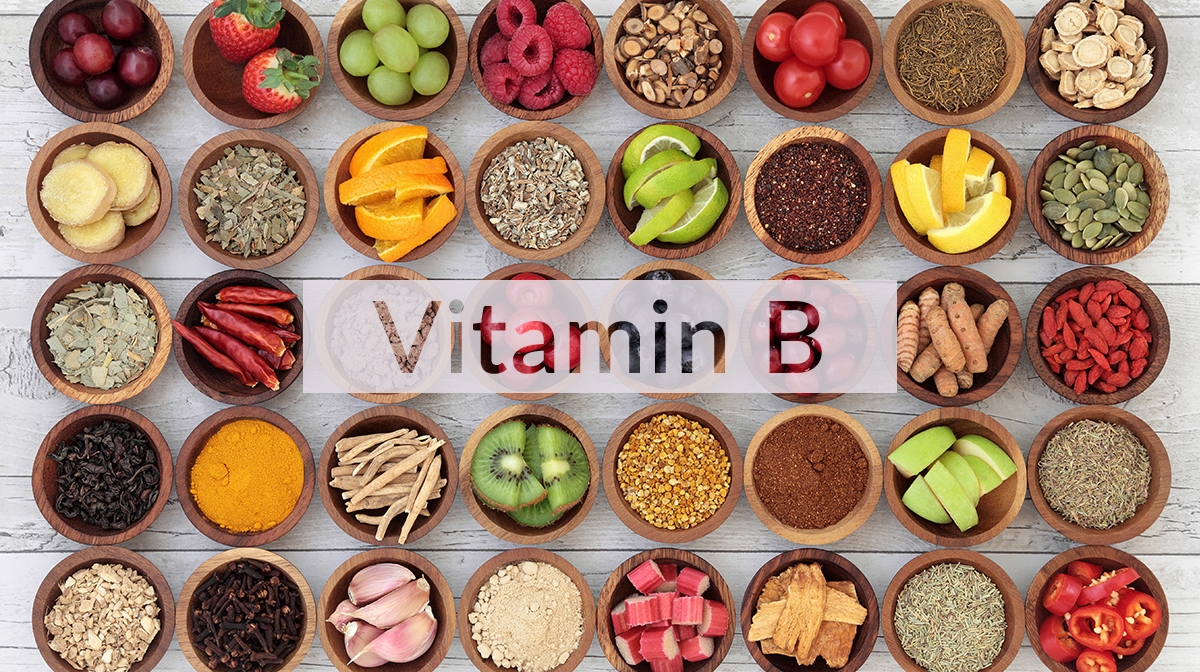 |
| Best Foods for Higher Vitamin B - Photo: Skin Store |
You’ve likely heard of vitamins B6 and B12, but there are actually eight kinds of vitamin B essential to human health: B1 (Thiamin), B2 (Riboflavin), B3 (Niacin), B5 (Pantothenic acid), B6 (Pyridoxine), B7 (Biotin), B9 (folate) and B12 (cobalamin).
Here are some best food sources for higher vitamin B intake:
1. Salmon
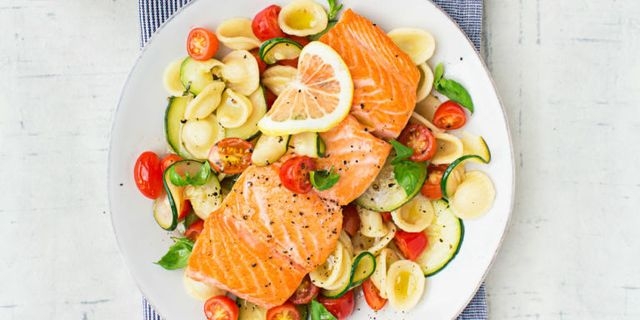 |
| Photo: Good Housekeeping |
If you’re looking for a food that contains a broad spectrum of B vitamins, grab some wild salmon filets at the supermarket. Just one serving contains about 80% of the daily recommended amount of B12, around 75% of the recommended amount of B6 and niacin, as well as thiamin, riboflavin, pantothenic acid, biotin, and folic acid, Burdye cites.
2. Leafy Greens
Spinach and other dark leafy greens are a great source of numerous B vitamins, including thiamin, riboflavin, niacin, B6, and folate.
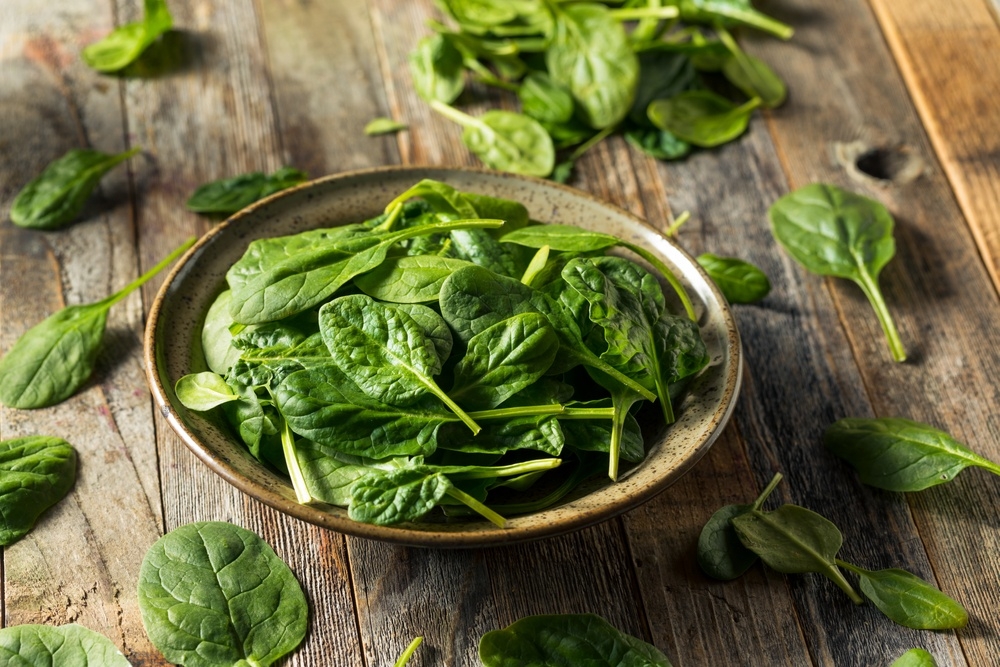 |
| Photo: Flashposts |
These are among the highest vegetable sources of folate:
Spinach, raw: 41% of the RDI in 3 cups (85 grams)
Spinach, cooked: 31% of the RDI in a 1/2 cup (85 grams)
Collard greens, cooked: 20% of the RDI in a 1/2 cup (85 grams)
Turnip greens, cooked: 25% of the RDI in a 1/2 cup (85 grams)
Romaine lettuce, raw: 29% of the RDI in 2 cups (85 grams)
3. Liver and Other Organ Meats
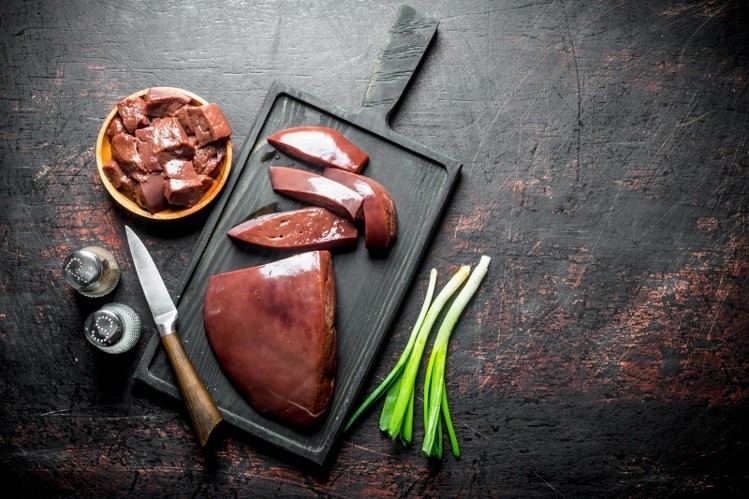 |
| Photo: Food Nevigator |
Though not especially popular, organ meats — especially liver — are packed with B vitamins. This is true whether they’re from beef, pork, lamb or chicken, as cited by Healthline:
For example, a 3.5-ounce (100-gram) serving of beef liver contains:
Thiamine (B1): 12% of the RDI
Riboflavin (B2): 201% of the RDI
Niacin (B3): 87% of the RDI
Pantothenic acid (B5): 69% of the RDI
Pyridoxine (B6): 51% of the RDI
Biotin (B7): 138% of the RDI
Folate (B9): 65% of the RDI
Cobalamin (B12): 1,386% of the RDI
If you’re unaccustomed to liver’s strong flavour or view organ meats as unappetizing, try them ground and mixed with traditional cuts of ground meat or add them to highly seasoned foods, such as chilli.
Organ meats — particularly liver — are high in most B vitamins. To make the liver more palatable, grind it with common cuts of meat or use it in highly seasoned food.
4. Eggs
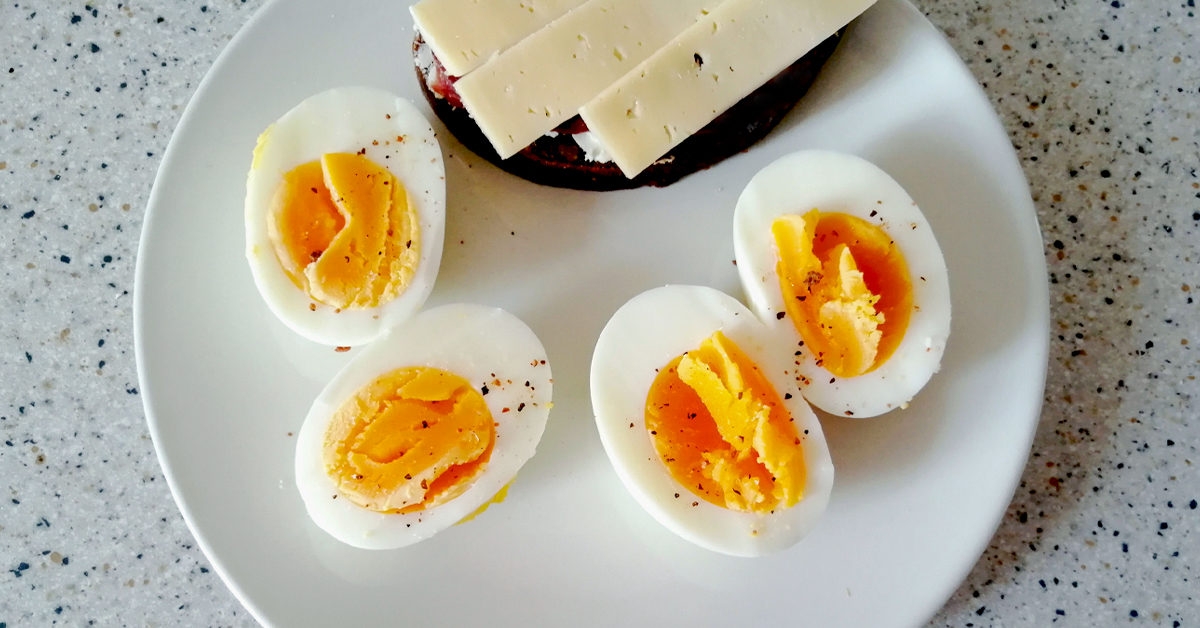 |
| Photo: Healthline |
One large egg contains 33% of the RDI for biotin distributed between the yolk and white. In fact, eggs are one of the top sources of biotin — only liver contains more.
Eggs also contain smaller amounts of other B vitamins. One large (50-gram) cooked egg contains:
Riboflavin (B2): 15% of the RDI
Pantothenic acid (B5): 7% of the RDI
Biotin (B7): 33% of the RDI
Folate (B9): 5% of the RDI
Cobalamin (B12): 9% of the RDI
Bear in mind that raw egg whites contain avidin, a protein that binds with biotin and prevents its absorption in your gut if you regularly eat a lot of raw egg whites. Cooking eggs inactivates avidin and reduces food safety risks.
If you don’t eat eggs, meat or other animals products, you can meet your biotin needs by consuming foods like vegetables, fruits, nuts, seeds and whole grains, which all contain small amounts of biotin.
Eggs are a top source of biotin, second only to the liver. They supply 1/3 of the RDI for biotin per one whole, cooked egg.
5. Milk
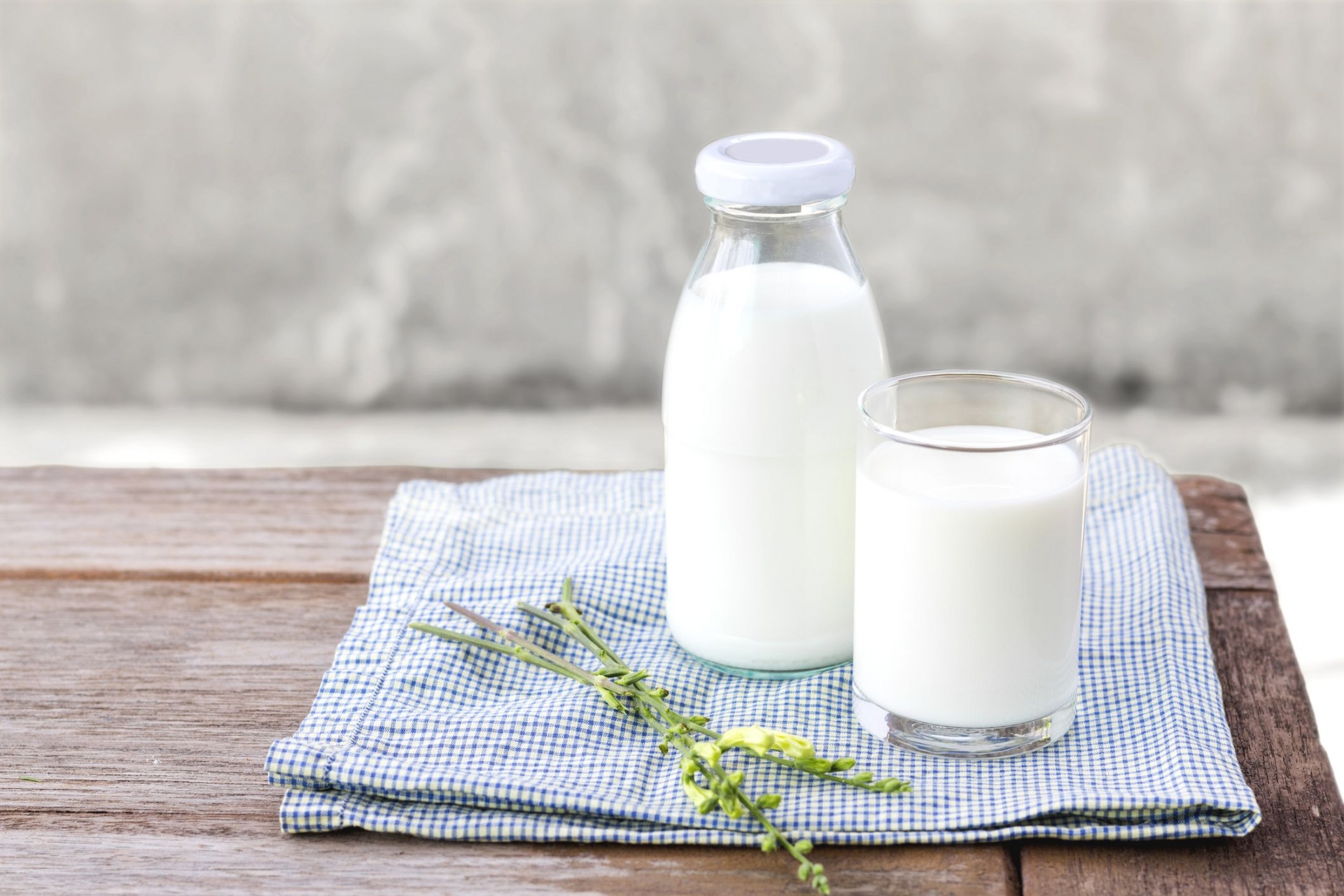 |
| Photo: Good Housekeeping |
One 8-ounce cup (240 ml) of milk provides 26% of the RDI for riboflavin, as well as smaller amounts of other B vitamins:
Thiamine (B1): 7% of the RDI
Riboflavin (B2): 26% of the RDI
Pantothenic acid (B5): 9% of the RDI
Cobalamin (B12): 18% of the RDI
Unsurprisingly, studies indicate that milk and other dairy products are generally people’s top source of riboflavin, followed by meat and grains.
For example, in an observational study in more than 36,000 adults in Europe, dairy products supplied 22–52% of the riboflavin in people’s diets.
Like other animal products, milk also is a good source of B12, supplying 18% of the RDI per 1-cup (240-ml) serving.
What’s more, you absorb B12 best from milk and other dairy products — with absorption rates of 51–79%.
Milk and other dairy products pack about a third of your daily riboflavin requirement in just 1 cup (240 ml). Milk is also a good source of well-absorbed B12.
6. Beef
Sliced, cooked steak atop a wooden cutting board. Surrounding it are herbs, garlic, tomatoes, olive oil, salt, and pepper. The cutting board sits above a red and white checkered cloth.
Beef is a great source for all your B vitamins: B12, B6, biotin, thiamin, riboflavin, niacin, folate, and pantothenic acid.
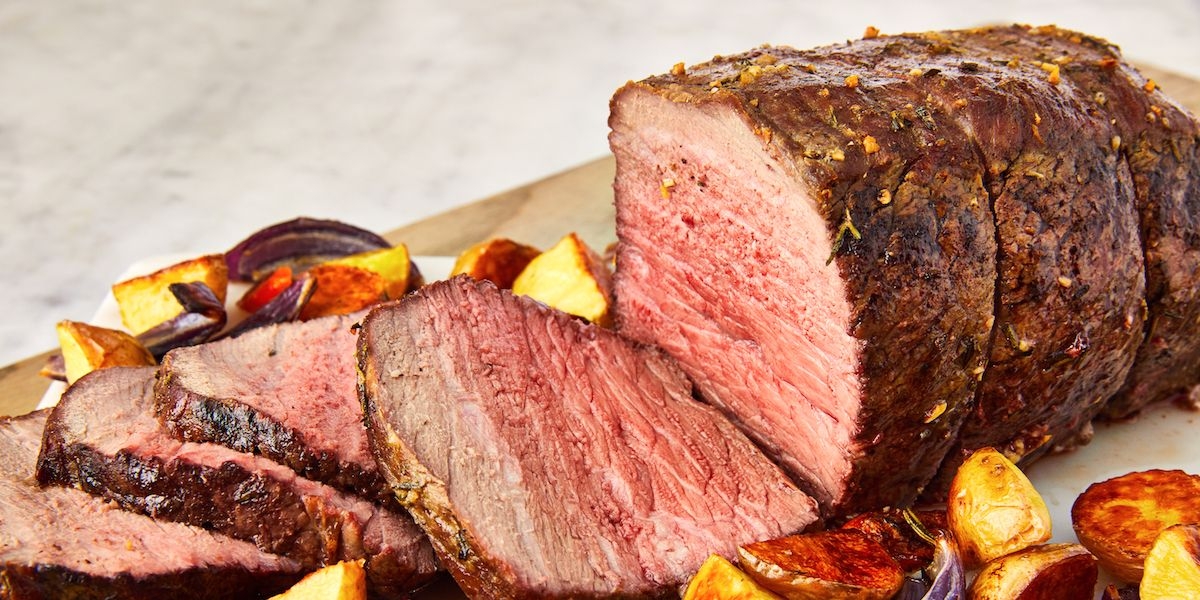 |
| Photo: Delish |
Here’s the amount of B vitamins in a 3.5-ounce (100-gram) cut of sirloin steak, which is about half the size of the smallest steak typically served in restaurants:
Thiamine (B1): 5% of the RDI
Riboflavin (B2): 8% of the RDI
Niacin (B3): 39% of the RDI
Pantothenic acid (B5): 6% of the RDI
Pyridoxine (B6): 31% of the RDI
Cobalamin (B12): 29% of the RDI
7. Oysters, Clams and Mussels
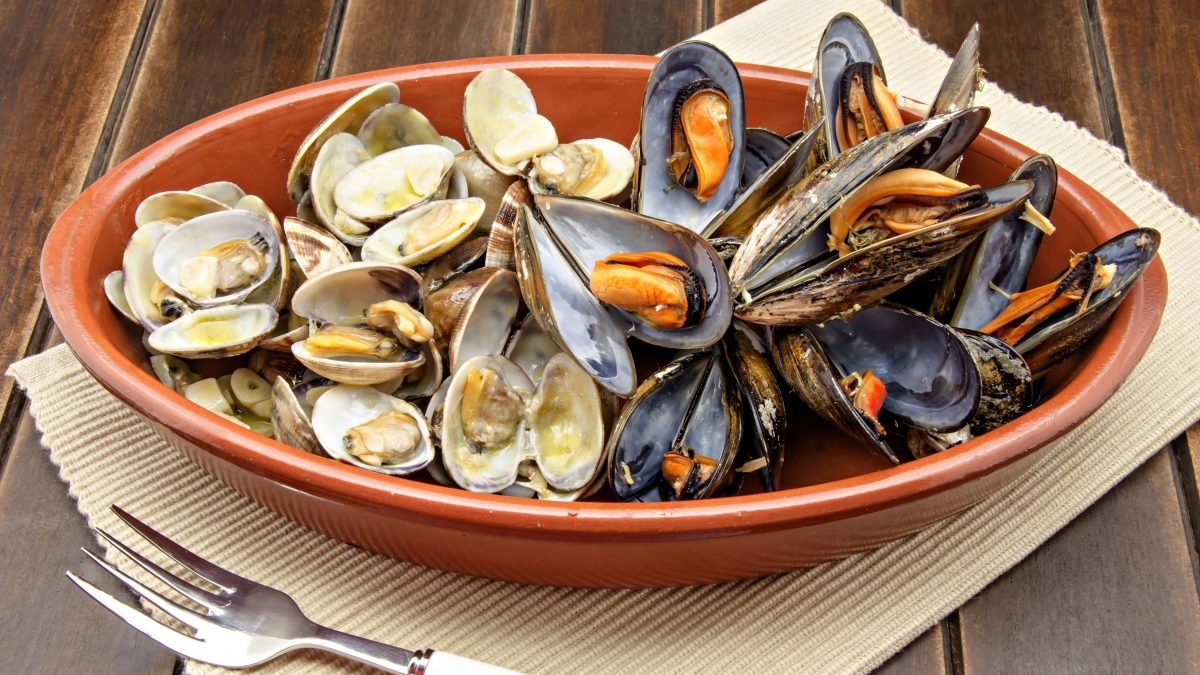 |
| Photo: uwyoextensin.org |
Oysters, clams and mussels are a stellar source of B12 and an excellent source of riboflavin. They also supply smaller amounts of thiamine, niacin and folate.
A 3.5-ounce (100-gram) cooked serving of each provides:
 |
These shellfish are also high in protein and several minerals, including iron, zinc, selenium and manganese. They’re a good source of omega-3 fats as well.
Oysters, clams and mussels each supply at least four times the RDI for vitamin B12 per serving. They’re also high in riboflavin and provide smaller amounts of thiamine, niacin and folate.
8. Legumes
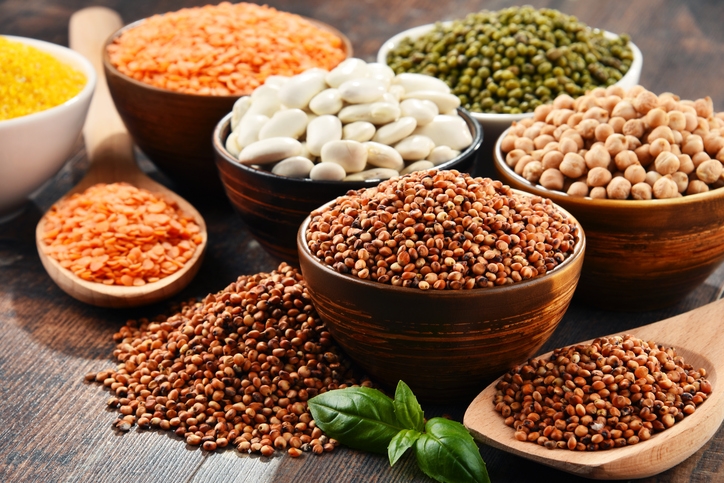 |
| Photo: Harvard Health |
Legumes are most notable for their high folate content. They also provide small amounts of other B vitamins, including thiamine, riboflavin, niacin, pantothenic acid and B6.
Here is the folate content of a 1/2-cup (85-gram) cooked serving of some commonly eaten legumes
Black beans: 32% of the RDI
Chickpeas (garbanzo beans): 35% of the RDI
Edamame (green soybeans): 60% of the RDI
Green peas: 12% of the RDI
Kidney beans: 29% of the RDI
Lentils: 45% of the RDI
Pinto beans: 37% of the RDI
Roasted soy nuts: 44% of the RDI
Folate — or its synthetic form folic acid — is important for reducing the risk of certain birth defects. Note that the RDI percentages above are based on an RDI of 400 mcg, but pregnant women need 600 mcg daily.
Most legumes — such as pinto beans, black beans and lentils — are high in folate, a B vitamin important for reducing the risk of certain birth defects.
9. Chicken and Turkey
A 3.5-ounce (100-gram) serving of cooked, skinless chicken or turkey provides:
 |
Chicken and turkey are most notable for their niacin and pyridoxine content. If you skip fatty poultry skin to cut calories, don’t worry — most of the B vitamins are in the meat, not the skin. White meat — such as the breast — supplies more of these two vitamins than dark meat — such as the thigh — as shown in the table below.
| Consuming adequate amounts of the eight B complex vitamins puts you on the path to a healthy diet. If you restrict your intake from some food groups due to allergies or diet, your chances of B vitamin deficiencies may increase. If you wonder whether you’re getting enough B vitamins, try a free online program to track and analyze your food intake throughout the week. You can then adjust your eating habits to ensure you’re getting the vitamins you need. |
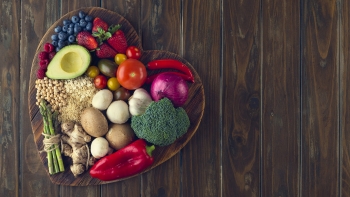 What are Best Food Sources for A Healthier Heart? What are Best Food Sources for A Healthier Heart? Looking to keep your heart in top shape? You need to feed it well, by choosing nutritious foods that help keep your arteries clear and ... |
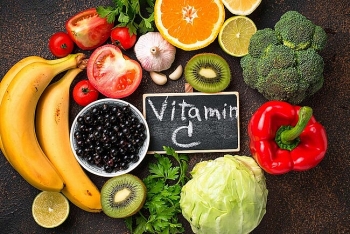 Best food sources for vitamin C Best food sources for vitamin C Vitamin C is an inevitable nutrition in our body. However, the body does not store excess vitamin C, so we should take in a sufficient ... |
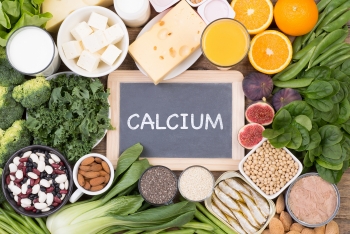 What are Best Food Sources for Calcium? What are Best Food Sources for Calcium? Calcium is essential for general health. If your daily intake is still low on calcium, scroll through the article below. Next time you prepare your ... |

